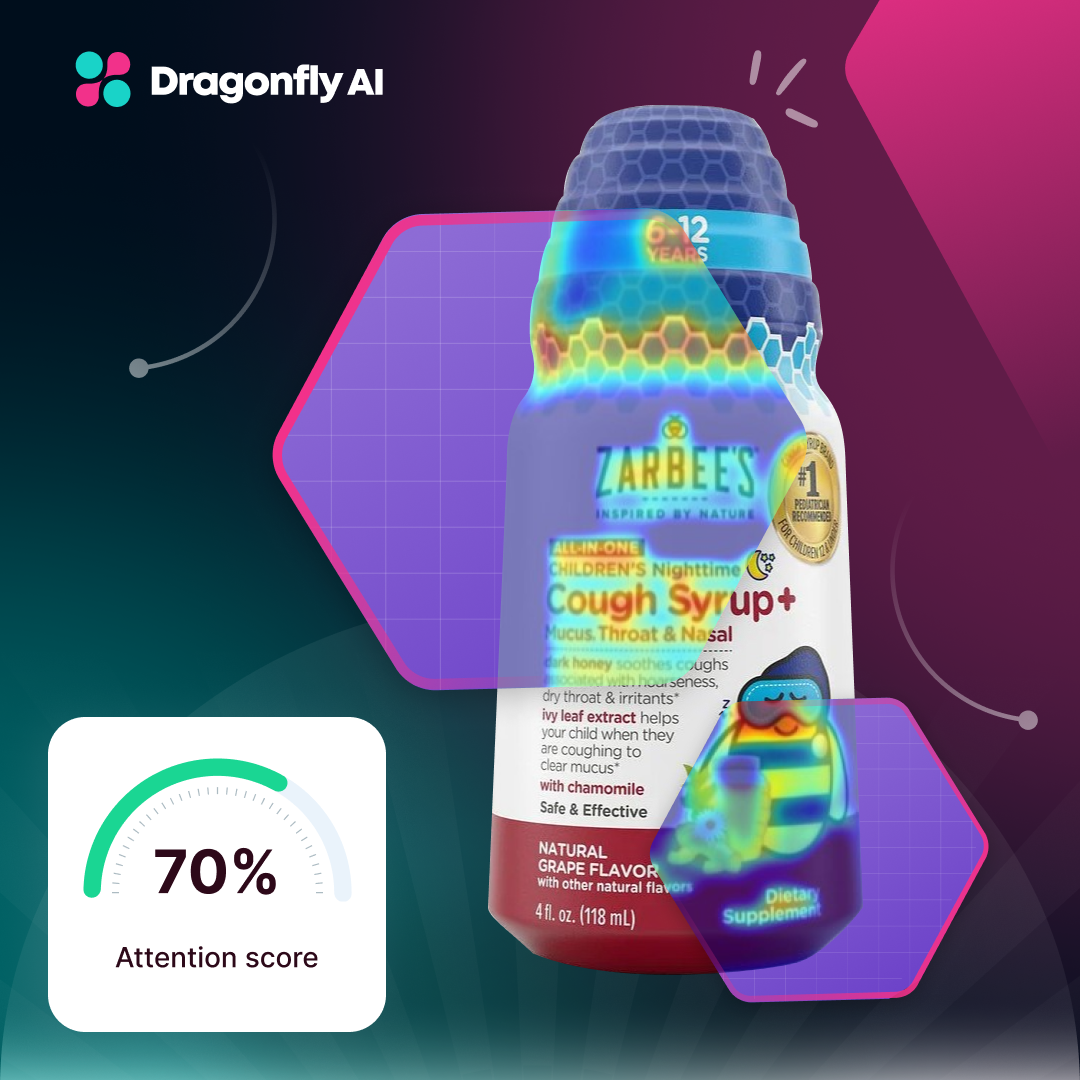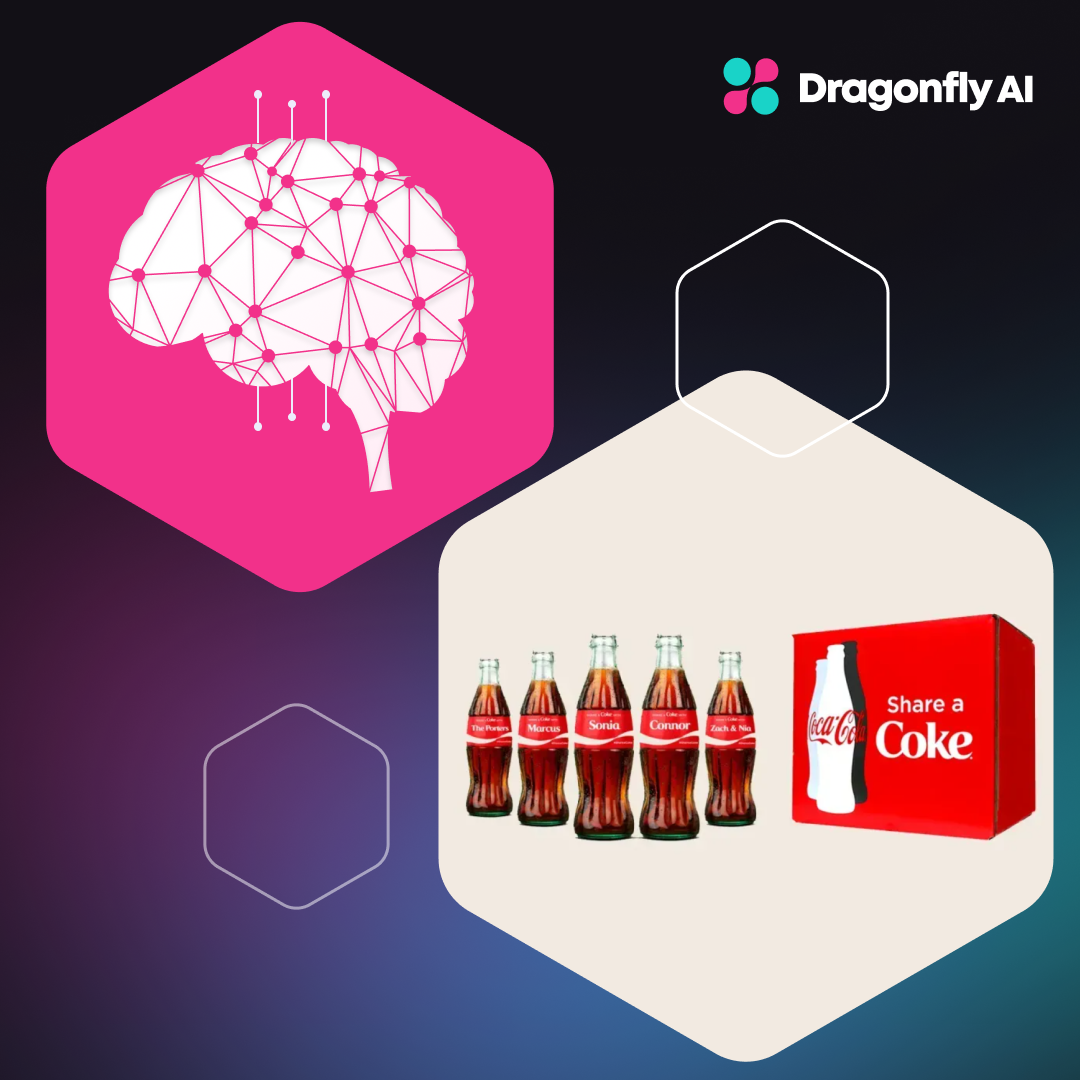Creative strategies are the critical differentiator for success in the consumer-packaged goods (CPG) industry, driving incremental impact and influencing purchase behavior. Today, creative elements are the fulcrum of CPG brands to stand out in intense competition, capture consumer attention, fuel innovation, and build brand value.
In-store creative components, like visual merchandising, point of purchase (POP) displays, experiential elements, packaging design, etc., are essential in engaging adjacent personas.
This article will focus on measuring and maximizing the impact of creative elements in-store and outline best practices and strategies based on measurement insights.
Understanding the Creative Landscape in CPG Retail
The CPG retail landscape is vibrant with cutting-edge creative techniques to capture consumer attention, drive sales, etc. To establish a standard groundwork, let's define key terms integral to this domain:
- Creative Elements: These include visual merchandising, interactive elements, messaging, and sounds, collectively contributing to a brand's visual identity and consumer engagement.
- Creative Best Practices: These are guidelines to capitalize on digital habits, engage emotions, resolve pain points, etc., enhancing the visibility and appeal of products in the retail environment.
- Creative Measurement: The systematic evaluation of the performance of creative elements via reach, ROI, conversions, etc., providing actionable insights to optimize future measures.
- Creative Platform: The channel or medium through which creative strategies are implemented, ranging from traditional in-store displays to digital platforms.
- Creative Assets: The tangible resources, including images, designs, messaging, and in-store displays, are utilized to construct and convey the brand's identity within the retail space.
Implementing these creative practices ensures a cohesive and compelling brand representation. In CPG in-store marketing, POP displays strategically placed near checkout counters, visually appealing merchandising setups and thoughtfully crafted packaging designs collectively influence consumer decisions.
Moreover, understanding and measuring these creative elements elevates the CPG brands above retail noise and engages shoppers. CPG brands can unlock the power of higher impact by going beyond traditional marketing success metrics, enhancing brand visibility and competitive edge.
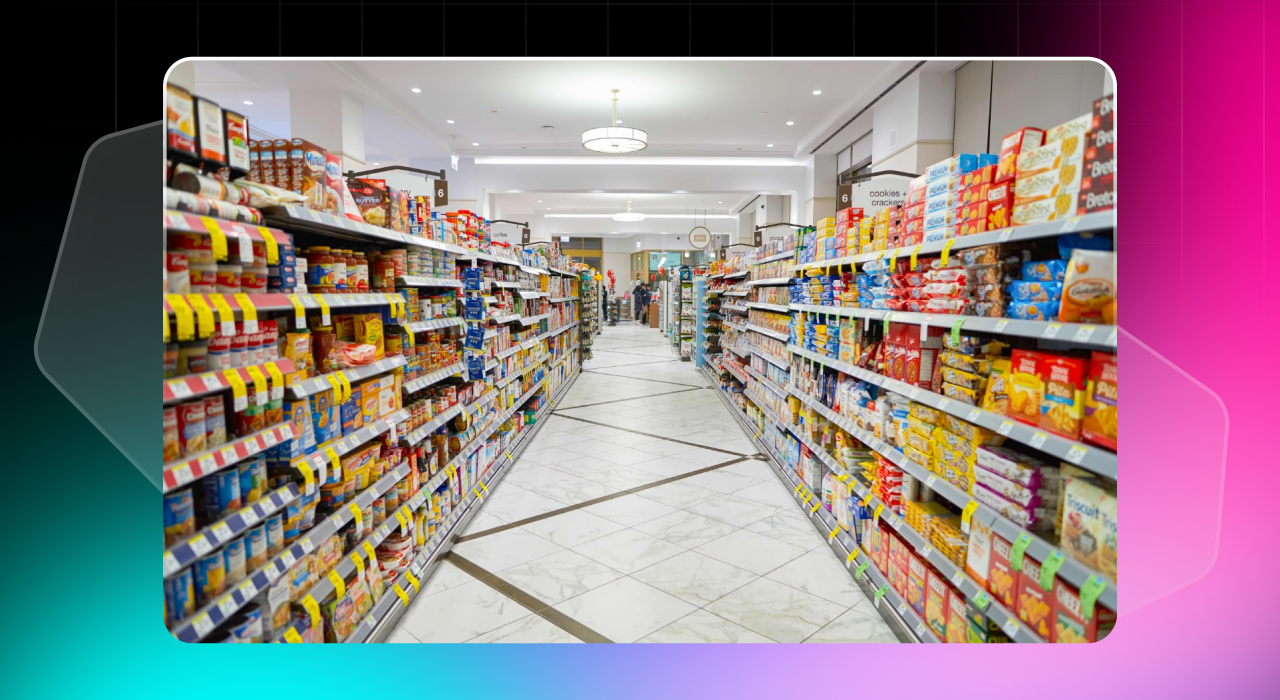
Identifying Key Creative Assets for In-Store Impact
To create a lasting impression in-store, brands must identify and utilize key creative assets.
These assets go beyond traditional advertising materials and encompass various elements, including Augmented Reality (AR) experiences, QR code integration, digital signage, and interactive features.
Successful CPG brands have mastered utilizing these assets to tell a compelling brand story and connect with customers. The "Share a Coke" initiative by Coca-Cola proved to be a prosperous creative element, enabling customers to personalize their Coke bottles. By infusing a sense of identity, Coca-Cola increased consumer engagement and created an enduring community experience.
Another example is Dove's Real Beauty Sketches campaign initiative challenging societal beauty, which positively influenced women's self-esteem and became a viral sensation. It amassed over 50 million views within 12 days of its launch and has reached nearly 180 million views.
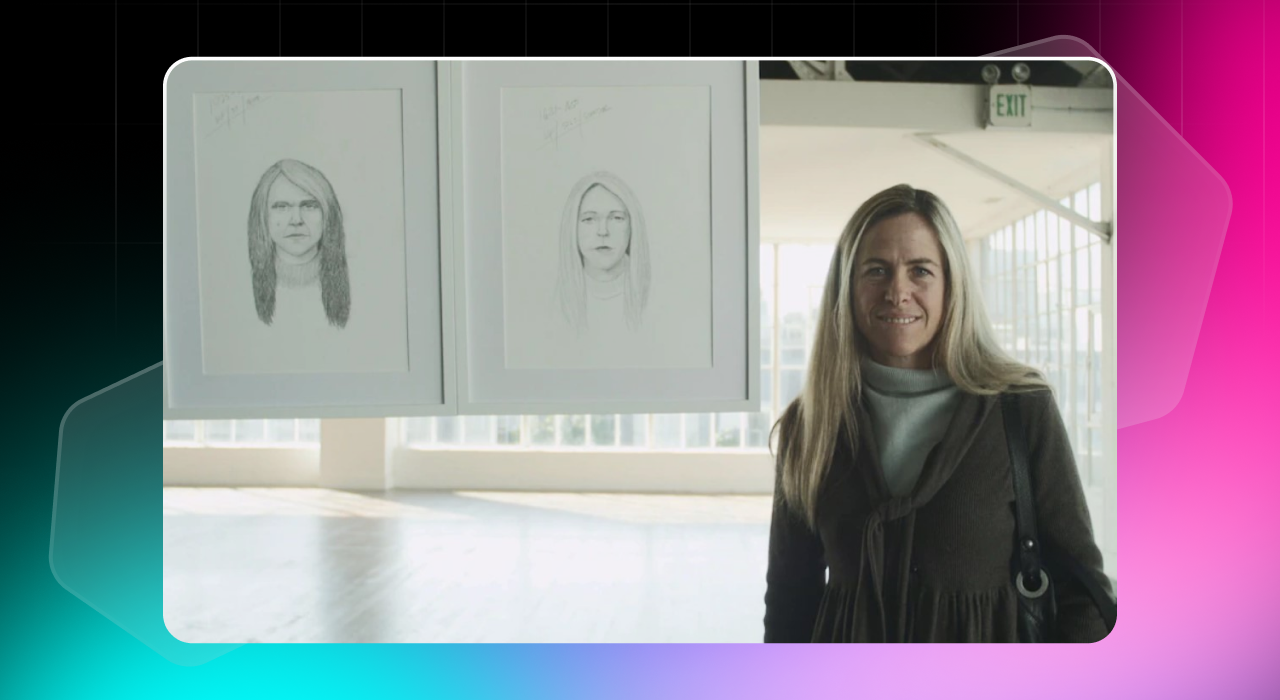
These examples underscore the power of creative assets in in-store marketing, which can deeply connect with audiences, create memorable experiences, and drive sales.
Best Practices for Implementing Creative Elements
Implementing creative elements effectively in the in-store environment requires strategic planning and adherence to growth-oriented best practices. Consider the following guidelines for optimal results:
- Know Your Customer: When using creative elements, understanding demographics, psychographics, and consumer behavior is important. Tailor creative elements to resonate with your target audience, ensuring relevance and connection.
- Consistent Brand Packaging: A consistent brand image can lead to a massive 33% increase in revenue. Craft packaging that grabs attention on the shelves with appropriate colors, fonts, and imagery for consumer engagement.
- Compelling Brand Storytelling: Invest in impactful brand storytelling infused with humor, curiosity, reliability, etc., to forge emotional connections with consumers. Explore innovative ways to integrate products into customer lives and leverage sounds and visuals to create exciting journeys.
- Interactive Engagement: Create immersive experiences for consumers, both in physical stores and online, leveraging technologies like augmented reality, virtual reality, and IoT-enabled devices to foster more profound engagement with the brand.
Nutella Spread the Joy campaign is a stellar example of an effective use of creative elements in CPG marketing. In-store, lively shelf blades and corner cards effectively conveyed the promotion, leading to a 12% increase in Nutella consumption.
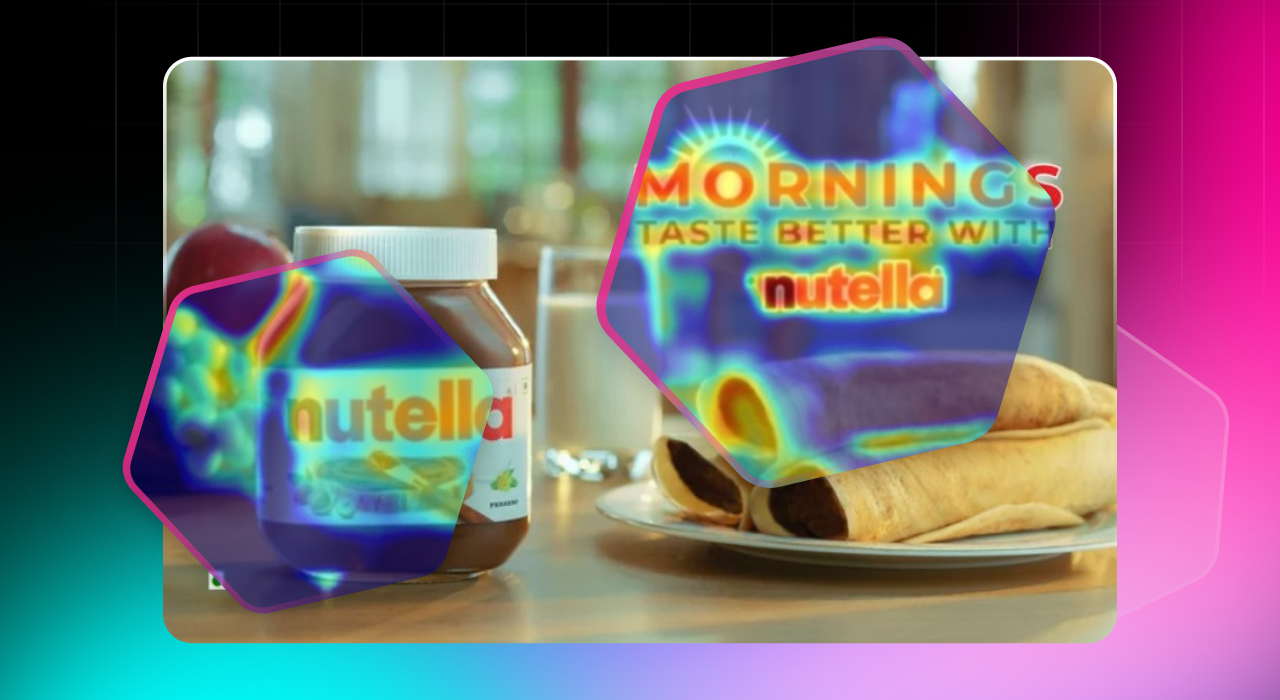
The campaign also pushed market penetration to 23.2 points, marking the brand's highest historical achievement.
Utilizing Creative Platforms for Enhanced Engagement
Choosing the ideal creative platform necessitates thoroughly assessing brand objectives, target audience, and the unique retail setting. The key lies in customization, ensuring the selected platform seamlessly aligns with the brand identity.
Additionally, incorporating Artificial Intelligence (AI) tools can also enable predictive outcomes to deliver personalized recommendations. AI can analyze consumer behavior, optimize content delivery, and personalize interactions, enhancing the overall effectiveness of creative elements.
According to Samsung, its "You Make" campaign is a modern approach to empowering customers to customize their Samsung devices like the Frame TV, Galaxy Watch4, Bespoke refrigerator, and Flip Z smartphone. The campaign demonstrates Samsung's ability to leverage cutting-edge technology to enrich users' everyday lives.

Measuring the Impact of Creative Strategies
Creative measurement involves assessing various metrics to determine the success of implemented strategies by a brand. The first step in this process is identifying the metrics that truly matter. From consumer engagement and foot traffic to sales conversion rates, each metric provides valuable insights into the effectiveness of in-store creative elements.
Furthermore, consumer attention, dwell time, and interaction rates are crucial indicators of creative impact. These metrics show how effectively the creative elements capture and retain consumer interest, directly influencing purchase decisions.
Various tools and techniques are available for measuring in-store creative impact. For example, tools like heat mapping, facial recognition technology, consumer surveys, and eye tracking technology provides valuable insights. This analytical approach empowers brands to refine and iterate their strategies based on real-world performance.
Additionally, predictive analytics enables brands to forecast consumer attention and fine-tune creative elements for maximum impact. Lastly, testing initiatives pre-flight save resources and ensure a more impactful presence once the strategies are deployed in-store.
Maximizing In-Store Creative Effectiveness
Adapting strategies based on consumer feedback and evolving market trends ensures that brands remain relevant and impactful. This process of refinement, fueled by quantitative insights and real-time consumer input, positions brands to capture attention and resonate with customers.
Here are some of the tips for continuous brand improvement and adoption of in-store creative strategies:
- Regular Analysis: Conduct frequent analysis of in-store creative performance to identify strengths and areas for improvement.
- Consumer Feedback: Actively seek and leverage consumer feedback to understand preferences and adapt strategies accordingly. Analyzing customer sentiment provides invaluable insights into the emotional connection of in-store creative elements, enabling brands to fine-tune strategies for a more impactful approach.
- Agile Testing: Embrace agile testing methodologies to experiment with creative variations, learning, and iterating based on real-time insights.
- Trend Monitoring: Stay attuned to market trends and consumer behavior, adjusting creative strategies to align with evolving preferences.
- Cross-Channel Consistency: Maintain consistency across physical and digital channels for a seamless brand experience, reinforcing consumer engagement.
By implementing these strategies, brands enhance their in-store creative effectiveness and establish a dynamic framework for sustained success in the ever-evolving retail market.
Future Trends in In-Store Creative Strategies
Here are insights into the future of in-store creative strategies:
- AI will enable brands to adjust creative elements like lighting, music, and displays in real-time to maximize engagement and conversion. Also, AI tools and data analytics will be pivotal in tailoring creative elements to individual preferences, enhancing relevance and resonance.
- From virtual product trials to interactive displays, immersive AR and VR technologies will revolutionize consumer engagement within physical retail spaces.
- In-store creative strategies will seamlessly integrate with online channels through synchronized messaging, design elements, and promotional consistency. This will provide consumers with a cohesive brand journey across various touchpoints.
Whether through AI-driven personalization, immersive technologies, or sustainable practices, CPG brands embracing these trends will position themselves ahead of the curve.
Get More Attention on your Brand In-Store
Measuring and maximizing in-store creative impact requires a deep understanding of the creative strategies and elements, implementation of best practices, and a commitment to ongoing adaptation.
Ready to revolutionize your in-store creative impact? Dragonfly AI, an AI-driven solution, effectively assesses creative impact before publication, minimizing ad spend wastage, eliminating guesswork, and maximizing the share of attention (SOA).
Discover what works, share valuable insights, and optimize in-store creative strategies with real-time feedback.
Book a demo today!

